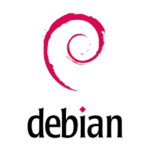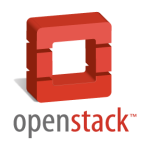Setup VLAN-tagged interface on Ubuntu

VLANs offer a powerful way to divide a physical network into multiple logical networks. This can be useful if your host has a limited number of interfaces or you want to limit the usage of network ports on your switch. In this tutorial, we’ll demonstrate how to set up a VLAN-tagged interfaces on top of physical network interface on Ubuntu 22.04 using NetworkManager Text User Interface (nmtui).
Read More




Comment uncomment and replace characters in multiple lines in Vim
Modifying files in Vim can be arduous and time-consuming, especially when we want to modify multiple lines at once. The typical use case is modifying a configuration file in the system when it is required to comment or uncomment multiple lines at a time, or to replace the same character in many similar lines from the top to the bottom. Here are a few hints on how to facilitate multiple line modifications in text files using Vim editor.
Read More